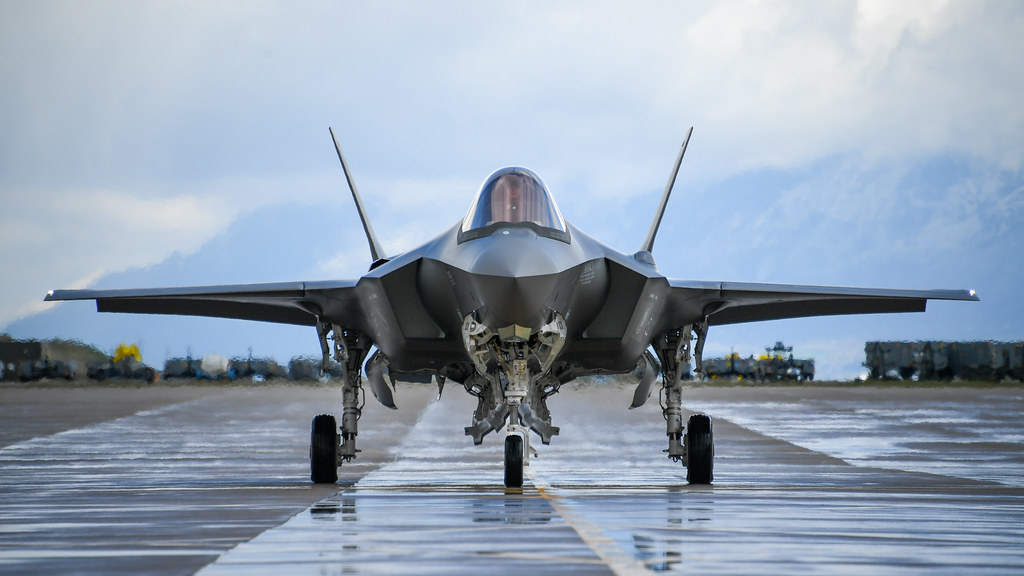
The Lockheed Martin F-35A, a state-of-the-art fifth-generation fighter, has been steadily gaining traction in Europe, with an expanding list of contracts that now includes not only initial program partners but also a variety of other nations.
Western European countries such as Switzerland and Germany have placed orders for this aircraft, and its popularity is also growing in lower-income Eastern European nations situated near NATO’s borders with Russia.
In the Czech Republic, the government greenlit the acquisition of 24 F-35As in late September, a deal valued at approximately $6.5 billion. Prime Minister Petr Fiala anticipates that deliveries will begin in 2031 and be completed by 2035.
Fiala asserts that these stealth jets will bolster NATO alliances. Although the U.S. State Department sanctioned the sale in June, the lengthy delivery period is attributed to a combination of a substantial backlog in worldwide orders and production-related complications leading to consistent delays.
When asked why the F-35As were chosen, the Prime Minister highlighted their functionality and lifespan as outweighing their cost. He is confident that these jets are the optimal solution for fulfilling the Czech Republic Army’s tactical air force needs in the upcoming decades.
This purchase, which carries a hefty price tag, is the largest in the nation’s history. The jets are expected to supersede the current modest fleet of 14 Gripen fourth-generation fighters leased from Sweden. While the F-35 is a significantly more advanced fighter, it will result in a sharp rise in operational costs due to its size and maintenance requirements.
Nevertheless, with fourth-generation fighters becoming increasingly obsolete, the F-35, with its unrivaled capabilities within NATO compatibility parameters, is arguably the only feasible option.
In a similar vein, the Romanian Defence Ministry has requested parliamentary approval to acquire 32 F-35As in late September, marking another substantial arms procurement in the nation’s history.
The Romanian Air Force currently relies on second-hand F-16 fighters, primarily sourced from Portugal and Norway, and anticipates retiring these older aircraft by the early to mid-2030s.
Despite the high operational cost of the F-35, Romania’s decision represents a departure from its historical preference for cost-effective aviation solutions, signaling a shift in defense strategy towards prioritizing advanced capabilities over operational economy.
Given the political instability in neighboring Ukraine, Romania’s acquisition of F-35s, coupled with the presence of advanced aircraft in nearby countries like Poland, could present operational challenges for Russian Air defense.
Northern European countries have been proactive in adopting F-35s. With recent acquisitions, Norway now operates an exclusively fifth-generation fleet, while Denmark and Finland are following suit.
However, financial limitations, particularly in certain Southern European countries, and France’s reluctance to consider foreign fighter classes have created some obstacles to the wider adoption of the F-35 in Europe.
France’s domestically produced fourth-generation fighter, Rafale, has only achieved limited success across Europe despite active promotion, with only Greece and Croatia committing so far.
Despite these minor hurdles, the appeal of the F-35 continues to grow across Europe. Joint production of the aircraft’s fuselages by Germany and the U.S. commenced in 2023, further bolstering the F-35’s position in Europe.
The Scholtz administration in Germany represents a significant milestone in the proliferation of the F-35 in Europe, marking a notable departure from the stance of the previous administration.




